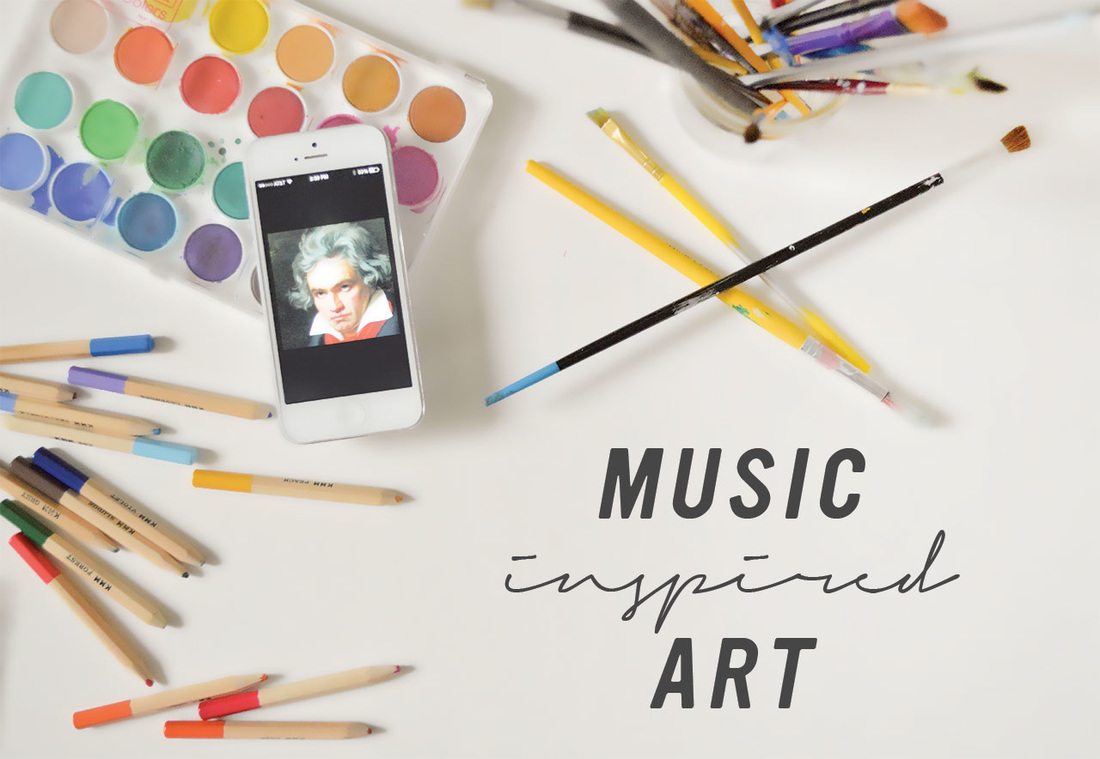The environment we experience will influence our creative process. That is the recommendation we want to send to the reader through this discussion. When implementing the variety of experiments on lighting, colors on the walls, different smells, and different types of sounds, they gain a lot of the various feelings within us and in turn, these sensory experiences invade our creative process. And we realize an amazing thing that, the sensory of music effect can affect our painting process positively. When to turn on any song on YouTube to MP3 file, I have distinctly seen how music played out in my art and in the art of my student time.
When I need an extra energy in select areas of painting, I turn on the music and see how my brush tangos with my canvas. I have a personalized playlist of fast moving music to jazz me up through an artistic lull— and it helps!
Interestingly, many art forms use similar descriptive terms across art disciplines. Music, drama, painting, and architecture use a lot of terms such as repetition, variety, intensity, rhythm, dialogue, balance, unity and so on. Some people actually can hear to the color. Therefore, they are easily influenced by music.
I spoke to a successful musician about the similarities between painting and music. We have had an instant connection because we talked and understood each other’s creative language. Whether we were discussing music styles or musical genres such as opera, country, rap and heavy metal or visual arts like folk art, Renaissance paintings, installations, and abstract expressionist work, we respected what the other artist was trying to communicate. There is a lot of things to gain from learning, understanding and accepting differences across the art forms. (That’s why there’s both chocolate and vanilla, right?). That pretty much sums up from those differences.
I encourage you to explore how music affects your painting process. Try creating some different playlists to listen to while working in the art studio; have each playlist include a different musical genre. When listening, think about what the music is telling you. Then react to the music in your color choices and start making. Is the music slow, staccato, loud, aggressive or melodious? Fast tempo will encourage quick mark making; calm music may result in fresh color choices. The music will orchestrate your bushes and create dramatic sheet music to express what you felt through that music. You can interpret music through your art.
Just go trying it, you will get the idea. Watch how the music transforms the marks on your canvas!

 RSS Feed
RSS Feed
